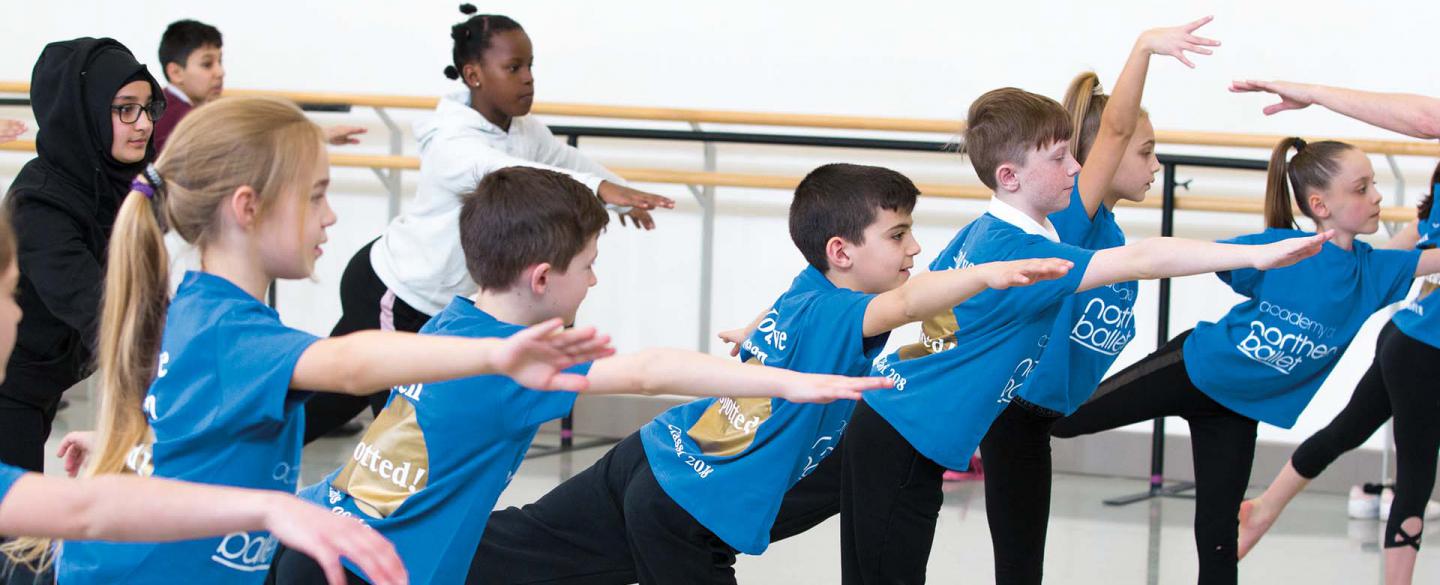

Dance is a physical activity involving contact with other dancers, especially when performing partner/group work and learning pas de deux. In order to safely teach dance to young dancers, appropriate physical contact between teacher/participant and participant/participant will occur to help demonstrate correct placement, show the correct placement of the hands for lifting, help a participant to feel a correct position of a limb to avoid injury if a move is incorrectly performed and to give support or stop a participant from falling.
We recognise that touch, whilst essential, can sometimes be misinterpreted and the below guidelines are in place to safeguard staff and participants.
We recognise that when working with particularly young, or disabled children, they may be more tactile as a means of communication. For example, they may offer hugs to teachers/staff as a welcome or for emotional security. Teachers and staff will not encourage or initiate this, but will not pull away from this type of contact to avoid upsetting or discouraging the child. Teachers and staff will ensure any contact is appropriate in terms of hand/body placement, and for an appropriate length of time.